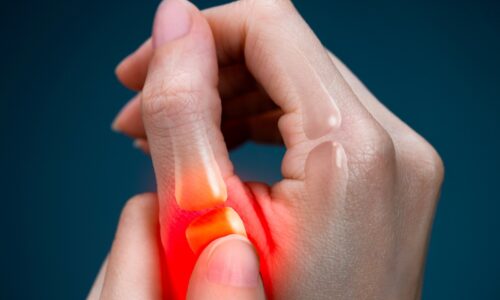Diagnosis of Arthritis |
Dr. Luis Rodriguez, Primary Care Sports Medicine Physician with Miami Orthopedics & Sports Medicine Institute, explains most of the time, patients come to his office having pain and increasing noises in the knees. Physicians ask for an x-Ray, they obtain the patient’s history and physical examination.
The expert says the most accepted treatments are self management programs. The engagement of the patient with the condition is very important because they can improve their quality of life. The doctor provides patients with the tools to better understand and manage the disease.
In cases of arthritis he advises physical activity, rehabilitation, exercise program, keeping the muscles around the joints strong and flexible, taking some medication such as analgesic or anti-inflammatory and using experimental studies, like stem cells.
Transcript
Dr. when it comes to knee arthritis which you said is one of the most common reasons patients come to see you how is that diagnosed and what causes it well most patients will come to us because they’re having symptoms so they’re having me pain they feel perhaps increased noise or cracking in the knees these are some of the most common complaints we hear in the office but I would say about eighty to ninety percent of the time they call they come because of pain in the joint and then sometimes with just an x-ray or a radiograph and obtaining some some history we can have at least a good idea of what’s going on a strong presumptive diagnosis which can then be confirmed by the physical exam and perhaps some additional work of some patients may need more advanced imaging but that’s not always necessary and what are some treatments for arthritis I know it’s an individual situation for every patient absolutely so you know of the most accepted treatments you know a self management program is going to be very very important so that one of the first thing we want to do when we see a patient with arthritis is engage that patient not only in understanding their diagnosis but also in in what we’re going to do to get through this to feel better to stay active and to retain or improve our quality of life so it all starts by it all starts with patient education and and providing providing them with the tools to better understand and manage the disease physical activity is going to be very important so very often we will recommend a rehabilitation or exercise program keep the muscles around that joint strong keep those joints flexible and moving there are some medications that can help with the symptoms you know mainly analgesics and anti-inflammatories are perhaps the most commonly used one and the most accepted you have things that you can inject into the joint to improve that inflammatory component of the disease and improve that inflammatory environment inside of the joint inside of the synovium and then of course other medications that can help lubricate the joint decreased friction and you know it is the subject of a lot of investigation these days with more advanced or perhaps consider experimental modalities like platelet-rich plasma or stem cells there’s two conversation about that in the medical world right now and you know with some promising results perhaps that’s that’s good you








